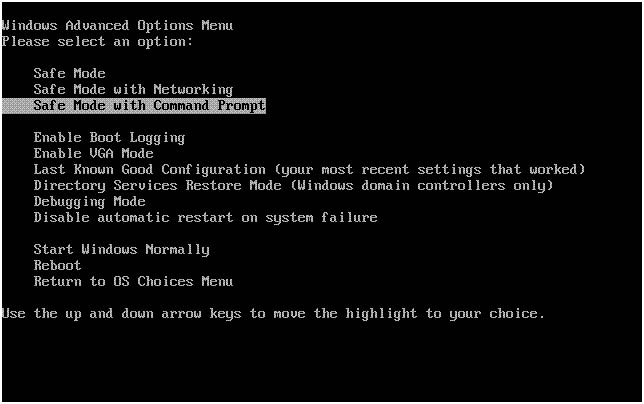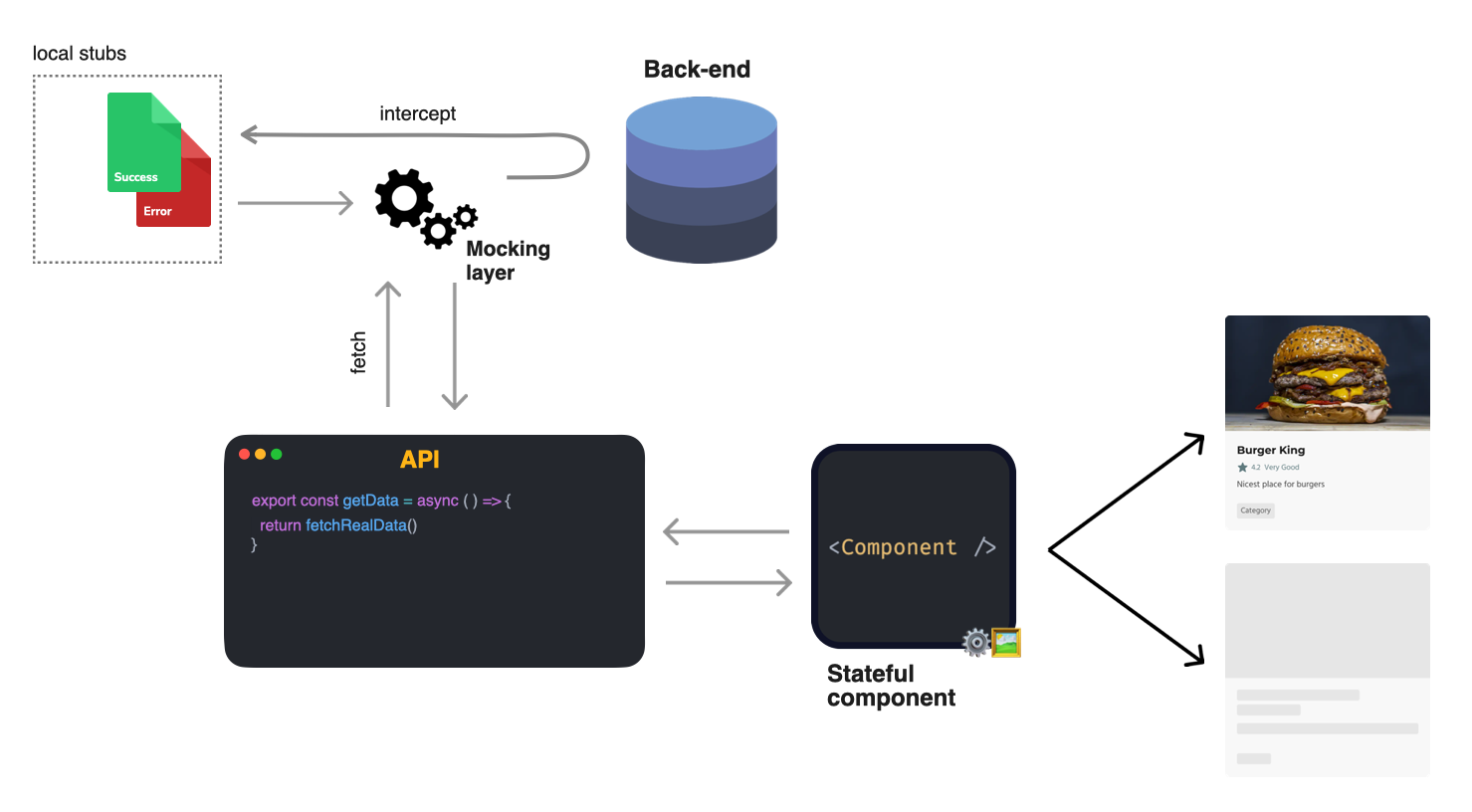
- #Return to last good configuration drivers
- #Return to last good configuration software
- #Return to last good configuration windows 8.1
Then create a new DWORD value in the right pane called Enabled and set it to 1 (0 means disabled, 1 means enabled). Right click on the 'Configuration Manager' key in the left pane and select New -> Key called LastKnownGood. I recommend a value of 2. If the BackupCount value already exists, then simply double click it and set its value to 2.

#Return to last good configuration windows 8.1
In favor of new additions, this wonderful feature was disabled in Windows 8.1 and Windows 8.
#Return to last good configuration drivers
It restored the device drivers too of the last working configuration, should a newly installed device driver make Windows unbootable

It restored the hardware configuration in the registry control set indicated by the LastKnownGood key instead of the default Selecting Last Known Good Configuration at startup from F8 options did 2 things: It was very handy in the situation I've described above. Last Known Good Configuration stored a copy of the HKEY_LOCAL_MACHINE\SYSTEM\CurrentControlSet key which contains information about all Windows services and drivers. In previous versions of Windows, there was an extremely useful feature called Last Known Good Configuration which allowed you to quickly fix a broken registry hardware configuration to the one when Windows last booted properly. While the newly introduced features are useful for automating the restoration of the entire system, they can also take lots of time.

Or maybe you installed an incorrect version of a particular driver which is not fully compatible. If a Blue screen error starts happening right after you did something like that, then you definitely know what broke your PC and would want to fix it quickly without restoring your whole system using System Restore, let alone Reset/Refresh.
#Return to last good configuration software
some third-party driver to flash your phone) or some software driver and it started causing a BSOD while booting. Suppose you installed a bad device driver inadvertently (e.g. But sometimes, these features are an overkill. Startup repair often kicks in by itself when Windows fails to boot. Besides, there are features like Reset and Refresh which significantly make it easier to restore the system to a healthy state by automating the whole procedure. Windows 8 and its successor, Windows 8.1 have more automatic diagnostics built-in than any previous version of Windows to inspect booting related issues and automatically repair them.


 0 kommentar(er)
0 kommentar(er)
